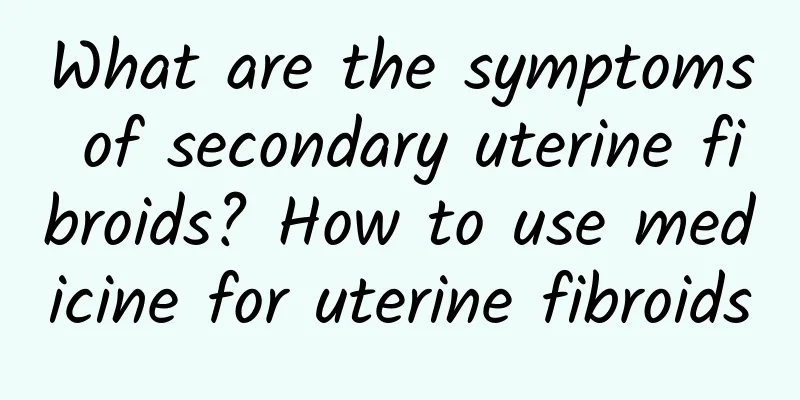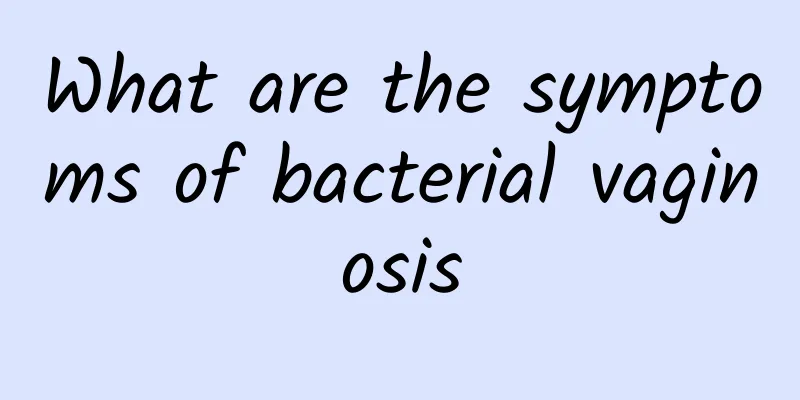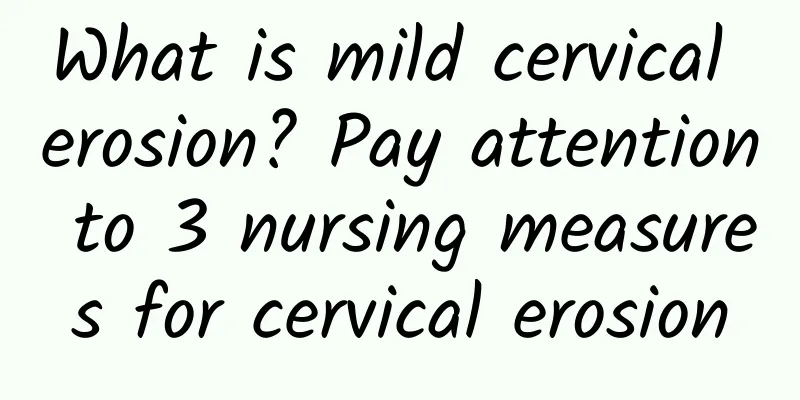How much does a hysteroscopy cost?

|
Patients in the clinic often ask the doctor, I come to check whether I am pregnant, why do I need a hysteroscopy? Or, I choose to have a test-tube baby. Why do I need a hysteroscopy? Or, I have had a child before, and now I have a second one. Why do I need a hysteroscopy? Today, let's talk about what is a hysteroscopy? Why do we need a hysteroscopy? Simply put, women's fertility depends on three aspects: ovaries, fallopian tubes and uterus. Ovaries are organs that produce eggs, fallopian tubes are organs that transport sperm, eggs and embryos, and uterus is an organ that nurtures embryos. For example, if the embryo is a seed, then the endometrium is the soil. Whether the seed develops depends not only on the quality of the seed and the soil, but also on the time of sowing, the so-called "time, place, person, place". At present, the most routine examination for evaluating the uterus is transvaginal ultrasound to examine the shape, position, echo of the uterus, the presence of uterine fibroids, adenomyosis, endometrial thickness and type, endometrial blood flow, the presence of endometrial polyps, submucosal fibroids and intrauterine adhesions, but transvaginal ultrasound is "horizontal. Abdomen". Therefore, hysteroscopy is a method to make up for endometriosis and has certain limitations in the evaluation of endometriosis. Hysteroscopic surgery is performed under the direct vision of the hysteroscopic imaging system. The use of surgical instruments through the vagina allows direct and careful observation of the condition of the cervix and uterine cavity. Compared with the past, ultrasound examinations have revealed abnormalities in the endometrium, and curettage can be used. The effectiveness of the operation depends entirely on the doctor's touch and experience. It is not clear whether the diseased tissue is removed during surgery or remains after surgery. Hysteroscopy solves the above problems. First, the hysteroscope can directly see where the diseased tissue is, and the doctor can locate the diseased tissue for further examination. Secondly, whether the uterine cavity has returned to normal after treatment and whether further treatment is needed, hysteroscopy and surgery can be performed at any time. Third, because it passes through the natural cavity, it is a minimally invasive surgery with fast recovery and good healing. |
<<: Which gynecological hospital is better in Hangzhou?
>>: Which gynecological hospital in Shenyang is recommended?
Recommend
What should women eat for cervicitis? 4 dietary remedies for cervicitis in women
1. Dandelion and lean meat soup: 250g lean pork, ...
We should pay more attention to the cause of chronic adnexitis
Chronic adnexitis is a common disease in our live...
Dry noodles vs. soup noodles, which one has the highest calories? The fattening killer of pasta is…
Eating noodles can easily make people feel good. ...
Precautions for preventing irregular menstruation
Daily life conditioning is very important for pre...
What is the best medicine for Bartholinitis?
The occurrence of Bartholin's gland inflammat...
The difference between adenomyosis and chocolate cyst
The difference between adenomyosis and chocolate ...
How to treat endometrial tuberculosis to get better quickly
With the increasing incidence of endometrial tube...
Bacterial vaginosis test items
Some women are always shy when they think about g...
What are the causes of vulvar leukoplakia?
What are the causes of vulvar leukoplakia? How mu...
Get rid of the Spring Festival fat! Fat-reducing tea + acupoint massage
During the Chinese New Year, be careful not to ga...
What is the cause of irregular menstruation in women?
What is the cause of irregular menstruation in wo...
What methods are effective in treating adnexitis?
As a disease, we must of course understand some o...
What should I do if I find out I have uterine fibroids after I get pregnant? Can I ignore uterine fibroids that are smaller than 6 cm?
Since uterine fibroids do not have particularly o...
Just 5 steps to get rid of inner thigh fat! Follow the fairy supermodel to train your legs at home for 10 minutes every day
Is it really difficult to lose the loose fat on t...
How to take good care of endometrial tuberculosis and pelvic inflammatory disease
How should we care for endometrial tuberculosis i...









![[Video version] Strengthen immunity, top 10 anti-epidemic ingredients are on the list! Nutritionist: Broccoli, nuts, garlic, etc. can improve antioxidant capacity](/upload/images/67dcf97b71bd8.webp)